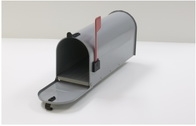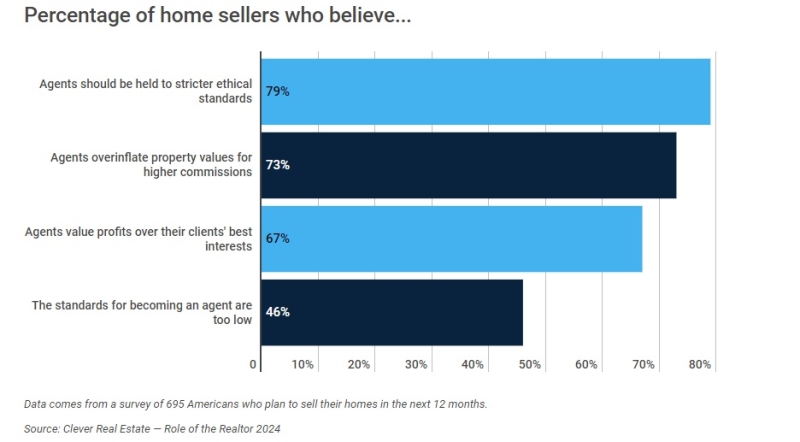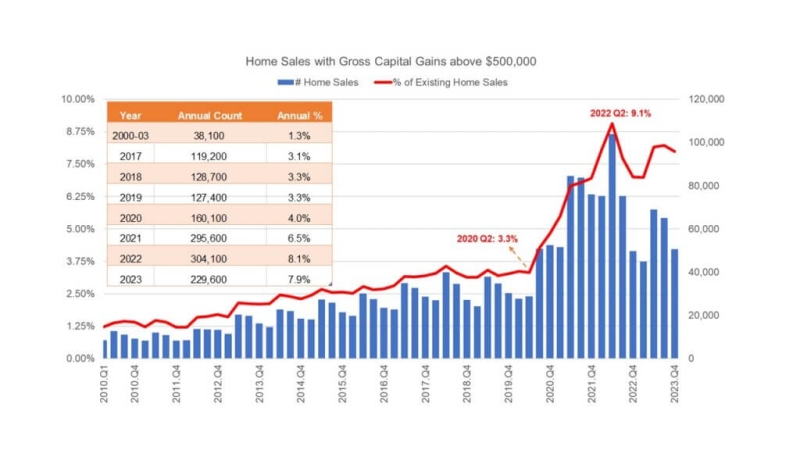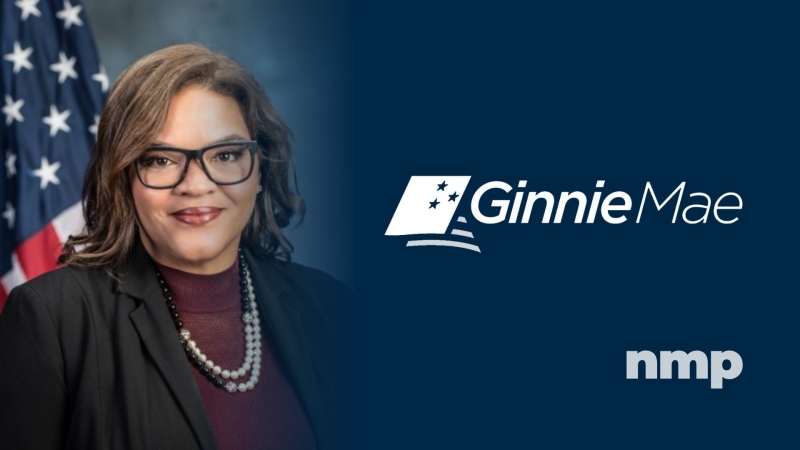Eight Tips to Writing Great Copy for Direct Mail

When utilizing direct mail, you have the ability to land your marketing piece directly in the hands of your ideal prospect. The physical look has to be eye catching enough to catch their attention, but remember “content is king” for a reason. Below are some tips to remember when writing the copy for your direct mail marketing. If you cannot engage your reader, you won’t see the return you are anticipating.
1. Keep it short and sweet: Long messaging discourages people from investing their time in your direct mail piece. If you keep your message brief and to the point, your reader can quickly determine the importance of your message and choose to read further or take action.
2. Make it easy to take action: No matter what you are asking your reader to do—call, buy, request more information—make sure they can take action easily. Include clear contact information, such as Web sites, phone numbers, e-mail addresses, etc. If you want them to request more information, make sure you have an easy-to-use return form or landing page online.
3. Be active, not passive: Relationships form with personal touches. Whenever possible, use active verbs instead of passive. For example, “I’ll send you the details of your pending contract” instead of “Your pending contract will be sent later this week.” These small details will help you build the trust with your prospects before you even meet or speak with them.
4. Use acronyms and short forms sparingly, if at all: Most industries, especially the mortgage industry, are filled with daily uses of acronyms or short forms such as Ginnie Mae, adjustable-rate mortgages (ARMs) and mortgage-backed securities (MBS). Unless you know your reader understands these terms in their abbreviated form, it’s always best, and safe, to spell everything out or provide the complete definition of the term.
5. Create a personal tone: Your direct mail piece may be sent out to hundreds of people at a time, but your message should be created as if you are only writing to one person. Determine the best “voice” to fit your audience.
6. Use short sentences: Keeping in-sync with our first tip, your content should be composed of shorter sentences for easier reading. Try to keep each sentence under 15 words.
7. Cross your T’s and dot your I’s: It may seem like an obvious step, but it’s critical to check your spelling and grammar in all content that is sent out. Readers will be turned off if they feel you didn’t put the effort into making your direct mail a worthwhile piece for their time. Having multiple people review the content will help prevent these errors.
8. Write with a purpose: Why are you putting together this direct mail piece? Are you promoting a new rate? Providing education? Purpose should be the backbone of your writing. Once you determine your end goal, the content should be easier to put on paper.
In conclusion, keep your mail piece’s message, direct, easy to read and with a call to action the borrower can easily find will improve the results of your mail efforts.
K. Justin Restaino is vice president of Titan List & Mailing Services Inc. For more than 13 years, he has led Titan’s Mortgage Division, helping lenders of all capacities grow their businesses utilizing targeted direct mail. With a specialized focus in refinance and purchase markets, Restaino has the insight for proper data and mail application for success. He may be reached by phone at (800) 544-8060, ext. 204 or e-mail [email protected].





